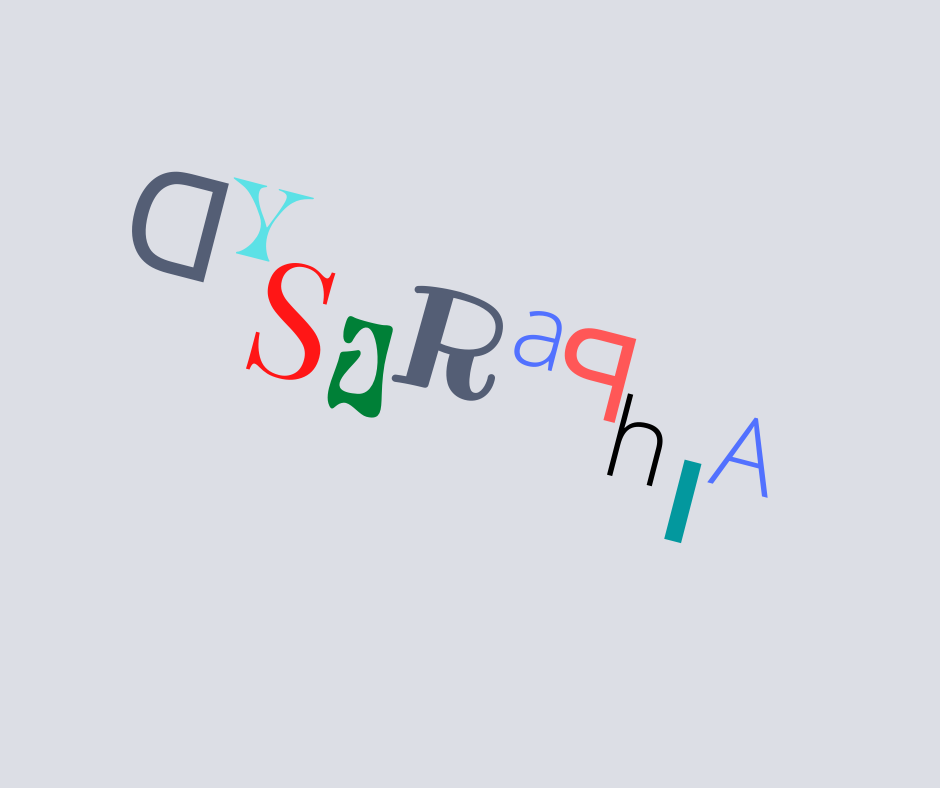While there is a significant amount of information about the learning disability dyslexia, another condition starting with the letter d is also significant. Dysgraphia is another disorder that affects a large number of children and adults. Yet most people have never even heard the term or have no idea what the term means. I want to use this blog to give you an overview of some key points regarding dysgraphia.
Dysgraphia is a neurological disorder characterized by writing disabilities, the disorder causes a person’s writing to be distorted or incorrect. While illegible handwriting can be a symptom of the disorder, not everyone who has poor handwriting has dysgraphia. It is even possible that someone with dysgraphia could have very neat handwriting, although it would likely take the individual a very long time and significant effort.
Some common characteristics of dysgraphia
- Incorrect spelling and capitalization
- A mix of cursive and print letters
- Inappropriate sizing and spacing of letters
- Problems with copying words
- Slow or labored writing
- Trouble visualizing words before writing them
- Unusual body or hand positions when writing
- Tight squeeze on pen or pencil resulting in hand cramps
- Watching their hand while writing
- Saying words aloud while writing
- Omitting letters and words from sentences
What causes dysgraphia
While the cause of dysgraphia is not truly known, when it appears in childhood, it often coincides with difficulties in orthographic coding(recognizing the symbols and letters in language).
When dysgraphia develops in adults, the cause is usually a stroke or other brain injury. In particular, injury to the brain’s left parietal lobe may lead to dysgraphia. There are parietal lobes on each side of the brain. Each is associated with a range of skills, such as reading and writing, as well as sensory processing, including pain, heat, and cold.
With dysgraphia, both children and adults have a difficult time planning and executing the writing of sentences, words, and even individual letters. They may know how to read and spell the words, but the brain has problems processing the signals to coordinate the writing and the words.
If you suspect your child may have dysgraphia, it may be necessary to seek a diagnostic evaluation from a registered Diagnostician to confirm your suspicions. Then seek services from a Literacy Specialist, dyslexic specialist, or possibly an occupational therapist.



